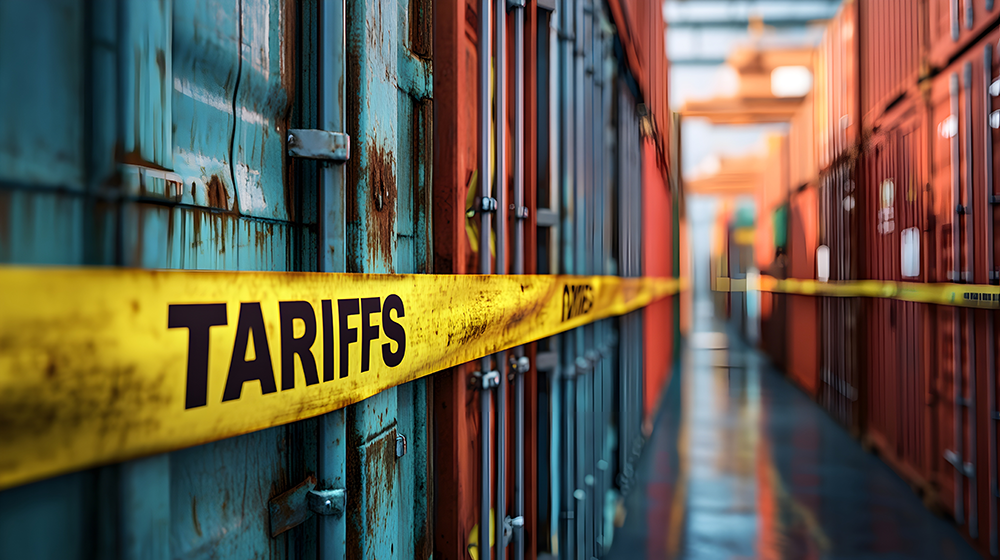Offshore Giants: The World’s Deepest Wells & Biggest Platforms
When the first offshore well was drilled off the coast of Summerland, California, in 1896, few could have imagined just how far the industry would go. That wooden pier-mounted rig...

In 2025, logistics leaders aren’t just reacting, they’re reengineering supply chains amid seismic shifts in trade policies, capacity constraints, and geopolitical turbulence. From steep tariffs and de minimis rollbacks to aging fleets and supply chain finance, businesses must navigate risks with agility, insight, and technology.
The removal of the U.S. de minimis threshold as of August 29, 2025, triggered a sea of change, every package, no matter how small, now demands full customs entry, duties, and documentation. Transportation providers such as DHL temporarily halted B2C (business to consumer) deliveries over $800, underscoring the compliance complexity.
With tariffs raging up to 145% on Chinese goods and sweeping reciprocal duties on steel, autos, and more, businesses are scrambling to manage costs and compliance. Vital tactics like leveraging bonded warehouses to delay duty payments are seeing skyrocketing demand with rent costs of these warehouses pushed 4× higher.
As expected, freight patterns are shifting under this tariff stress. Shippers are consolidating shipments, which is slowing activity and straining capacity planning. Meanwhile, airlines face capacity bottlenecks: delays in Boeing’s and Airbus’s freighters, combined with aging fleets, are tightening air-cargo space, which just adds pressure during these highest-demand periods.
The volatile tariff environment is also reshaping financial strategies. Supply Chain Finance (SCF) is gaining traction as a must-have tool to preserve liquidity and hedge against trade-related uncertainties.
Meanwhile, companies are adopting tactics like front-loading freight, especially ahead of tariff triggers and port disruptions, sometimes shifting priority bookings from ocean to air to avoid bottlenecks.
In a world marked by regulatory shifts, capacity volatility, and geopolitical friction, logistics partners must rise above tactical execution. That means delivering real-time visibility, predictive analytics, scenario planning, and tailored solutions that empower shippers to pivot, adapt, and capitalize on complexity.
Why nVision Global Is Your Resilience Partner for 2025–26
In this turbulent era, nVision Global offers the strategic blend of AI automation, global operations centers and support staff, logistics expertise, and end-to-end capabilities to help businesses not just survive… but thrive:
Whether it’s steering through bonded warehouse strategies, navigating evolving tariff codes, or adjusting to capacity crunches, nVision Global enables clients to transform disruption into differentiation.
The challenges of 2025 require more than reactive measure, they demand proven tools and trusted expertise. nVision Global provides the visibility, precision, and strategic insight needed to keep your supply chain moving, no matter the disruption.

Sign up for gCaptain’s newsletter and never miss an update

Subscribe to gCaptain Daily and stay informed with the latest global maritime and offshore news
Essential news coupled with the finest maritime content sourced from across the globe.
Sign Up